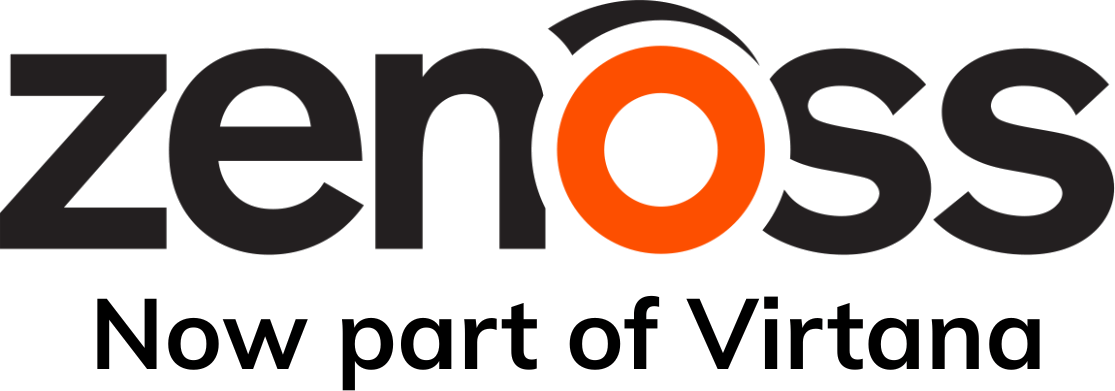
Get The 7 Stages of IT Monitoring Grief eBook Before the Webinar
Join Zenoss & BrightTalk as we investigate Why Monitoring Sucks and the implications of continuing down this path within today’s new paradigms of cloud computing, programmable datacenter, or the software defined datacenter. Zenoss will provide answers to why monitoring sucks and we will introduce the 7 Stages of IT Monitoring Grief:
- Excitement – Found a new solution
- Frustration - Attempted to implement solution
- Denial – Challenges with solution
- Anger – Threaten solution provider
- Disappointment – There is no solution
- Resolve – We can do this ourselves
- Hope – Searching for a solution
Where are you within these stages? Is this an endless cycle?
In the end, monitoring does not suck more or less than any other IT discipline. The difference is that monitoring must be cross-functional, heterogeneous, and it simply cannot fail. Monitoring is more than collecting performance statistics, pinging devices for availability, or sending out meaningless alerts to overworked system administrators. Monitoring is about setting strategic business goals and protecting your brand against failures, outages, and poor customer perceptions.
There are four main tenets to turn monitoring sucks into monitoring luck:
- Unified Monitoring – A single solution to monitor compute, server, storage, applications, virtualization and cloud computing.
- Model Based – The ability to provide a common language across IT silos by providing a normalized model that fully describes each monitored device.
- Event Driven – Alerts are important, but only an event system provides the ability to suppress, de-duplicate, correlate and classify issues.
- Extensible – Open APIs are important, but the ability to extend the product to provide integrations into 3rd party ISV solutions or new devices is critical.











